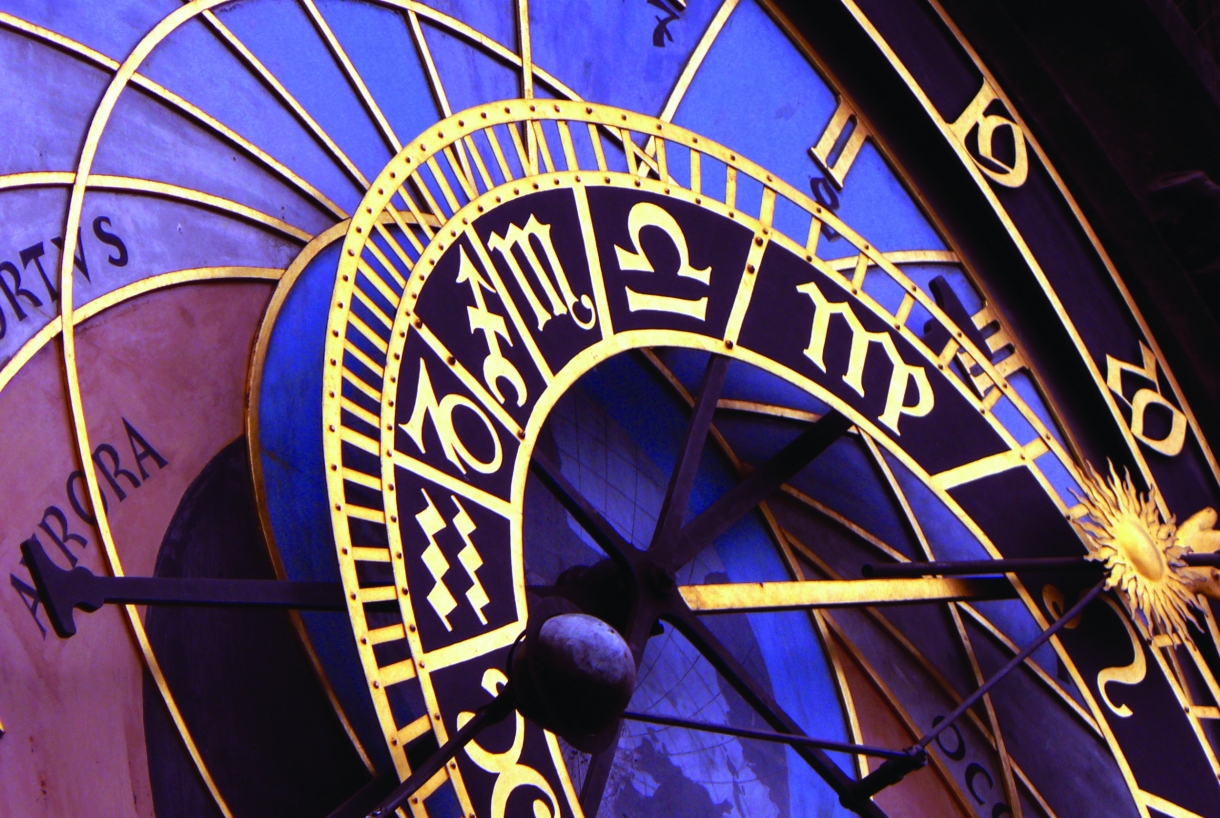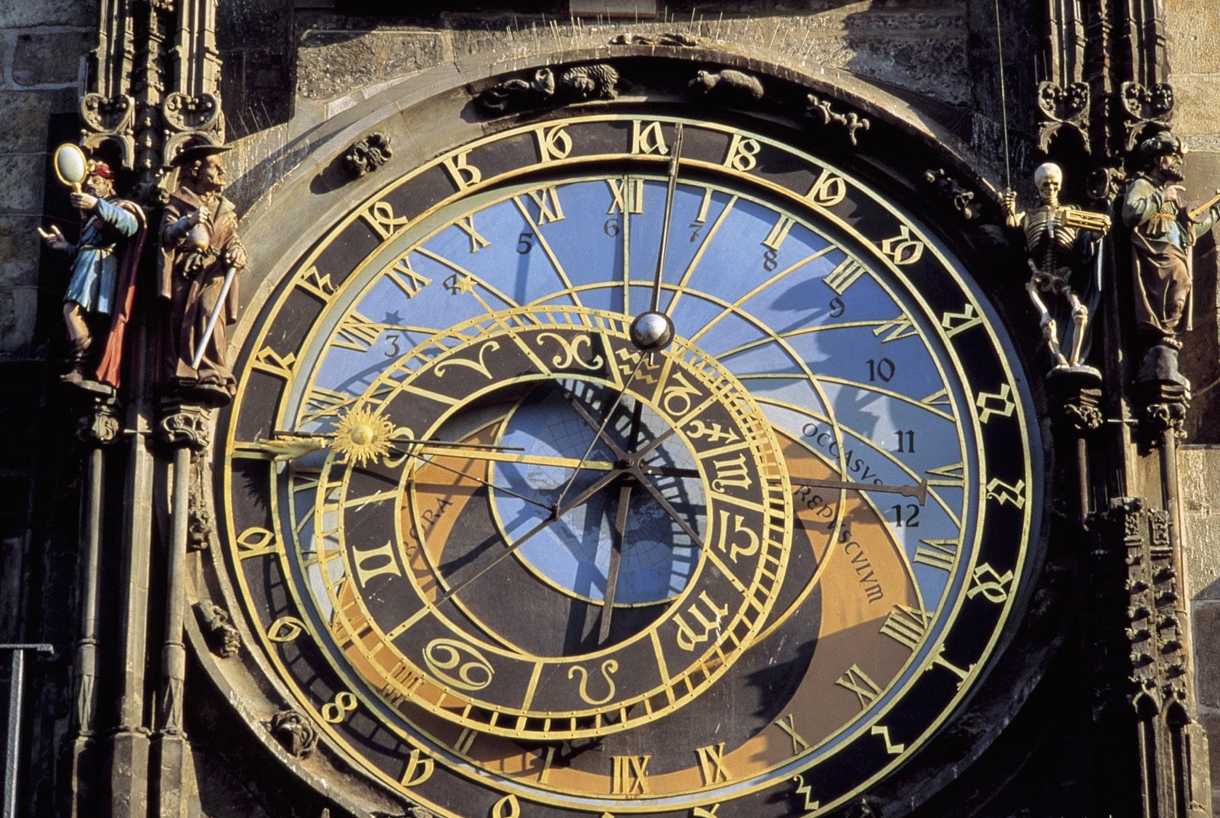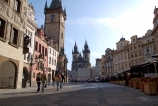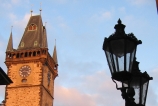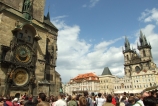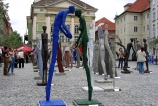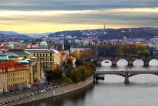In the very heart of the Czech Republic is the capital of the Czech Republic - Prague, which delights with its beauty and historical sights. The comfortable basin, through which the Vltava River flows, attracted the first settlers. There is a legend about a people who roamed Europe. The leader of the tribe named Cech was fascinated by the beauty and fertility of the local land, so people settled in the territory that belongs to today's modern Czech Republic. With the development of trade, it became clear that a mild climate and fertile soil are not the only advantages of the land chosen by the Czech people. Located in the center of a rapidly developing Europe, the Czech Republic found itself at the crossroads of trade routes, passing through itself a lot of goods intended for sale in other countries. However, the country's financial successes caused the annoyance and envy of its neighbors. The result was bloody wars for the possession of the territories occupied by the Czechs.
An old legend about the Czech dynasties connects the foundation of the city of Prague with the name of the mythical Czech princess and prophetess - Libuše. The well-known prophecy: "I see a great city, its glory will rise to the stars” - was uttered by her from the Vysehrad cliff, and became, together with the cult of the later Premyslovich - St. Wenceslas (935) one of the foundations of the medieval state and dynastic tradition.
In fact, the foundation of Prague falls on the period after 880, when the first in history Prshemyslovich - Borzhyvoy - moved here the prince's residence. Above the bend of the Vltava, he built a fortified settlement and a church dedicated to the Virgin Mary.
At the end of the Romanesque period, Prague was already a vast urban-type settlement - with markets, stone churches and the first monasteries, beautiful merchant houses and noble estates. The transformation of an urban-type settlement on both banks of the Vltava into a real city was completed by the construction of a castle mound, which was of defensive importance for the safe life of the city in the future, and also testified to the integrity of the urban area. The castle turned into a magnificent royal residence. An important prerequisite for further social and material recovery was also the discovery of rich silver deposits in the regions of Kutnaya Gora, Iglava and Sezimov Usti. As the well-being of the townspeople increased, the political ambitions of the inhabitants of Prague grew, but their partial satisfaction took place only during the reign of Jan Luxemburg.
During the reign of Charles IV (king, and later emperor of the "Holy Roman Empire"), a new stone bridge was built across the Vltava, connecting the Big City (Old Town - "Old Place") with the Small Town (Malaya Strana - "Mala Strana") under Prague Castle. Following the pattern of large European cities, the Czech king pushed the boundaries of the old cities on the Vltava banks, turning them into a New Town, which was surrounded by a city wall with numerous towers and gates.
After the death of Charles IV, Prague soon lost its former significance as the seat of the most powerful ruler of the then Christian world, as Charles's son, Wenceslas IV, was removed from the Roman throne.
During the period of anarchy, at the end of the 15th century, Prague did not lose its position. The new Czech king was elected within the walls of the Prague City Hall from among the nobility. It was Jiri from Podebrady, who became famous for his peace initiatives, and he was replaced on the throne by the kings of the Polish Jagiellonian dynasty.
The formation of the Prague that we see now happened after the unification of six independent cities (in the period from 1784 to 1883), each of which had its own history and architecture. These were Prague Castle (Prazsky Hrad), Hradcany (Hradcany), Mala Strana, Old Town (Stare Mesto), New Town (Nove Mesto), Vysehrad. Today these quarters are presented to tourists as separate architectural and historical zones; At the same time, Prague Castle is included in the territory of Hradcany together with the former city of Hradcany. Today's Prague is a city of a free state, the capital of the Czech Republic. It is an open book of the history of the people and the continent, generously reveals its beauty and cultural treasures, as well as the depths of its history.
Spa treatments are not offered in Prague


